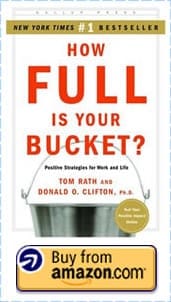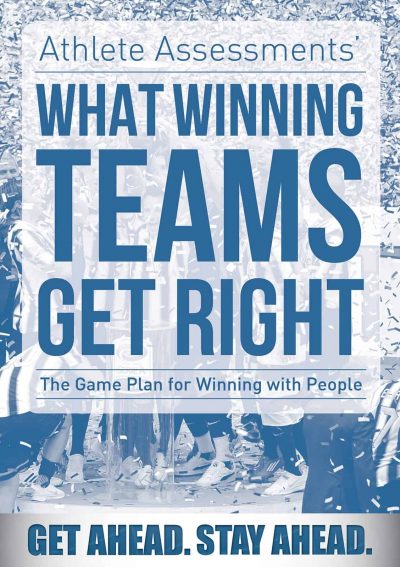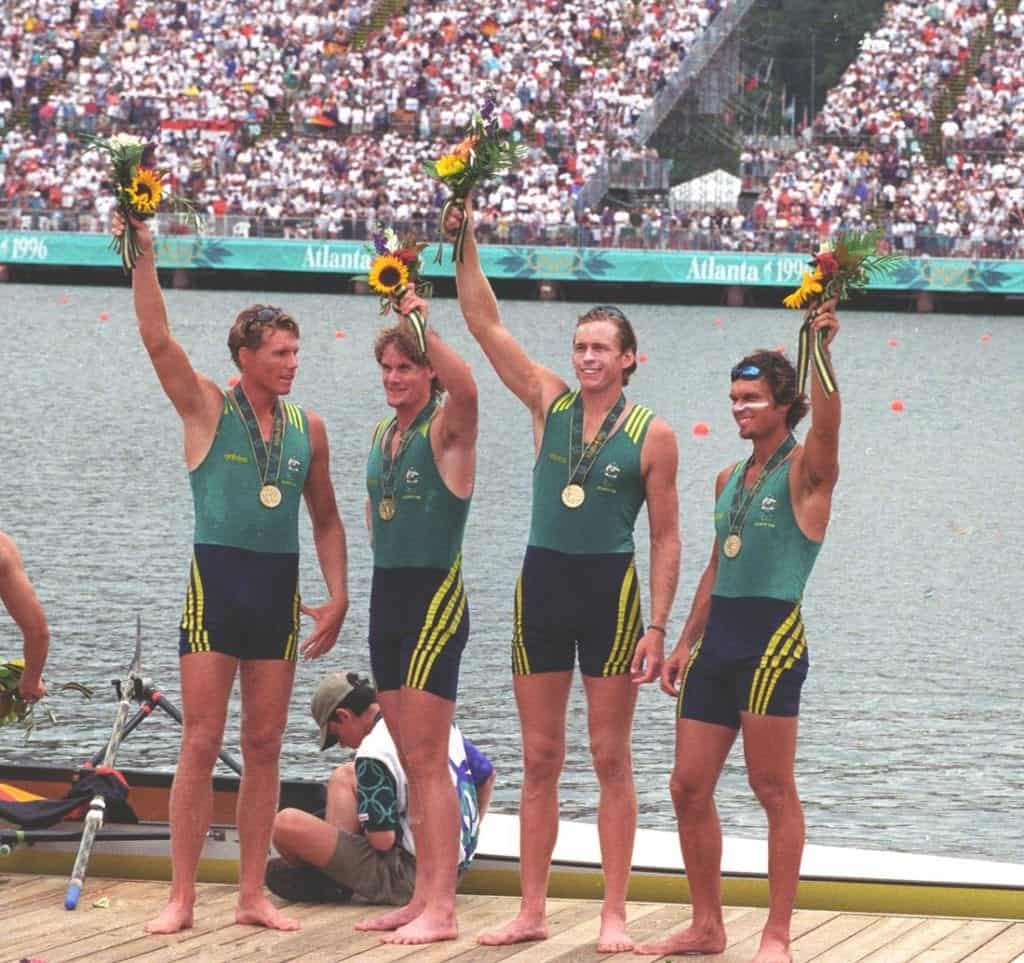Book Review of ‘How Full is Your Bucket’ by Tom Rath and Donald O. Clifton Ph.D.
Click here to buy How Full is Your Bucket By Tom Rath and Donald Clifton now.
 I read ‘How Full is Your Bucket’ by Tom Rath and Donald O. Clifton Ph.D., following a client’s recommendation (Thanks Andrea!). What I liked most about this book is that it contains valuable research results, useful application of the key messages and most importantly, I read it in one evening – yes, it is a book you can finish in a sitting! I’m now reading another of their books on Leadership and will share that with you shortly too.
I read ‘How Full is Your Bucket’ by Tom Rath and Donald O. Clifton Ph.D., following a client’s recommendation (Thanks Andrea!). What I liked most about this book is that it contains valuable research results, useful application of the key messages and most importantly, I read it in one evening – yes, it is a book you can finish in a sitting! I’m now reading another of their books on Leadership and will share that with you shortly too.
One of the striking aspects of this book is that Rath and Clifton come from the side of psychology that looks at what is ‘right’ with people, rather than what often seems the traditional approach of psychology, of looking at what is ‘wrong’ with people. In fact, Donald O. Clifton Ph.D. was recognized by the American Psychological Association as ‘The Father of Strengths Psychology’. So, while positive psychology as a field is growing in significance and acceptance, we’re reading from one of the founding sources of this important area of research.
Another great quality of this book is that so often we have to look at research based in the corporate arena (because of its abundance) and then extrapolate or make interpretations about how this impacts and applies to sport. With this book, a number of their studies cover a broader spectrum of society and the links to sport seem easily appropriate. Whether you are a coach, athlete, sports administrator, manager or other sports professional, there are lots of useful applications to your everyday sports life that are valuable.
Here is the authors’ summary of How Full is Your Bucket, which succinctly captures the essence of the book’s focus: “How did you feel after your last interaction with another person? Did that person – your spouse, best friend, coworker, or even a stranger – “fill your bucket” by making you feel more positive? Or did that person “dip from your bucket,” leaving you more negative than before? How Full is Your Bucket? reveals how even the briefest interactions affect your relationships, productivity, health, and longevity. Organized around a simple metaphor of a dipper and a bucket, and grounded in 50 years of research, this book will show you how to greatly increase the positive moments in your work and your life – while reducing the negative.”
If you’d like to read the book, you can buy it new or second-hand from Amazon now (Click here to buy How Full is Your Bucket now).
I thought a useful way to share this book with you was to provide a summary of the key pieces of research, alongside my interpretation of the application to sport. But you be the judge too.
Disengagement is a Curable Problem
At Athlete Assessments, we’re often writing about Engagement (capturing the heart and minds of your people, whether they are your athletes, coaches or staff) and the extraordinary importance of this in high-performance (although also just as important at the little league level!). Business has known for years about how important it is because it is extremely profitable to have an engaged workforce and extremely unprofitable to have disengagement. We see the same in sport except most of the returns are not just financial, but reflected in win loss records and the consequences and/or benefits of this. (Read more about the importance of engagement in sport in our articles: “Do Your Athletes Care?” and “It’s not all about the Money in the War for Footballers”.
The first important research the book shares looks at where managers place their focus and the subsequent level of staff engagement. The results show disengagement is a curable problem. In the study, they surveyed employees and asked where their managers placed most of their focus. Was it on the employees’ strengths, their weaknesses or did their manager ignore them.
Their results showed:
- When employees reported their manager ignored them (i.e. focused neither on their strengths or weaknesses), there was a 40% chance of the employees being disengaged at work.
- If their manager focused primarily on their weaknesses, there was an improvement in the possibility of disengagement, with 22% chance of the employees being disengaged at work.
- And, if their manager focused primarily on their strengths there was a mere 1% chance of that employee being actively disengaged in their job.
The great news about this, is it appears engagement and avoiding the likelihood of disengagement is within our own control as a leader. As they state in the book “If we put enough time into focusing on the strengths of the people around us every day, it changes the entire environment.”
Recognition and Praise
In a study on this topic, which included surveying 15 million people from around the world, they found individuals who received regular recognition and praise, led to:
- increased individual productivity;
- increased engagement with colleagues;
- being more likely to stay with their employer;
- receiving higher levels of customer satisfaction and loyalty; and
- better safety records and fewer work accidents.
Aren’t these results we all want, irrespective of our industry, and especially within sport?
Before all the nay-sayers dismiss this book as a ‘happy clappy’ or ‘touchy feely’ positivity book that has no place in “their real world”, you might be interested to note that praise is rare in most workplaces. One of the authors’ polls showed an astounding 65% of Americans reported receiving no recognition for good work in the past year. Yes, 65%! And they also note that in all their research and polls, they are yet to find anyone who reports from over-recognition.
Before I go on, I should also make it clear the book is very specific about positivity being grounded in reality. So while the book’s primary focus is on ways to improve positive emotions, it definitely does not recommend ignoring negativity and weakness. As they say: “A ‘Pollyanna’ approach, which the negative is completely ignored, can result in false optimism that is counterproductive – and sometimes downright annoying. There are times when it’s absolutely necessary to correct our mistakes and figure out how to manage our weaknesses.”
Research is continuing to find that the frequency of small, positive acts is critical. Workplace studies have shown that positive to negative interaction ratios of greater than 3:1, result in significantly more productive teams compared to teams that don’t reach this ratio. Research also suggests the existence of an upper limit in which productivity worsens, however this is up at 13:1. “But most of us don’t have to worry about breaking the upper limit. The positive-to-negative rations in most organizations are woefully inadequate and leave substantial room for improvement.”
(I can’t resist including mention of one study the book reports on, especially for any of our married readers. There was a 1992 study conducted by Gottman and a couple of mathematicians, involving 700 newly wed couples. For each couple, they videotaped a 15-minute conversation between themselves and then the researchers counted the number of positive and negative interactions. Using a 5:1 ratio of positive to negative comments, they predicted which couples would stay together and which would end in divorce. Ten years later, they followed up with the 700 couples and found their predictions were 94% accurate…. Insightful (or confronting), don’t you think?)
Resiliency, “Reserves” for trying times and overall Improved Performance
Does that heading appeal to you? If you are a coach, do you want athletes to have resiliency and build durable physical and psychological resources that act as reserves when the more challenging times hit? In whatever your role, do you want an improved overall performance of your team? Well, read on. The book details important work by leading researcher Barbara Fredrickson. She is regarded as one of the world’s experts on positive emotions and reports:
“Positive emotions do much more than merely signal well-being. Positive emotions also improve coping and produce well-being.” Couldn’t we all benefit from more coping ability and higher well-being? It certainly appeals to me. Fredericson’s research shows the benefits of positive emotions are not only in the present, pleasant moments but importantly, in the longer term too. “Positive emotions are not trivial luxuries, but instead may be critical necessities for optimal functioning.”
Fredrickson’s research has concluded that positive emotions:
- protect us from, and can undo the effects of, negative emotions;
- fuel resilience and can transform people;
- broaden our thinking, encouraging us to discover new lines of thought or action;
- break down racial barriers;
- produce optimal functioning in organizations and individuals;
- build durable physical, intellectual, social and psychological resources that can function as “reserves” during trying times; and
- improve the overall performance of a group.
Application: Individualize, Individualize, Individualize
“Recognition is most appreciated and effective when it is individualized, specific and deserved.” There are unique and specific ways to fill someone’s “bucket” and definitely inappropriate and ineffective ways too. One-size-fits-all never works and neither does recognition that seems forced and false. The key here is clear: “If you want people to understand that you value their contributions and that they are important, the recognition and praise you provide must have meaning that is specific to each individual.” This builds sustainable relationships and changes people’s lives and results achieved.
The book provides a whole chapter on how to put five key strategies in place. These are:
- Prevent Bucket Dipping
- Shine a Light on What is Right
- Make Best Friends
- Give Unexpectedly
- Reverse the Golden Rule
A key strategy to AVOID in bucket filling is “Do unto others as you would have them do unto you” which is often referred to as ‘The Golden Rule’. The Golden Rule implies the basic assumption that other people would like to be treated the way that you would like to be treated. Instead, the authors subscribe to “Do unto others as they would have you do unto them”.
For everyone who is familiar with our work at Athlete Assessments, this is a key approach we believe and operate under too. We refer to it as the “Platinum Rule” (a quoted of Dr Tony Alessandra’s): “Treat others the way they want to be treated.” This accommodates the feelings and preferences of others. The focus moves from “this is what I want, so I’ll give everyone the same thing” to “let me first understand what they want and then I’ll give it to them.” In our application of the Platinum Rule, the goal is personal chemistry and productive relationships. You do not have to change your personality. You do not have to roll over and submit to others. You simply have to understand what drives people and recognize your options for dealing with them.
Where to from here…
In a nutshell, two key messages to take from this book are:
- Focus on the positive and increase your ratio of positive to negative interactions – the 50 years of research proves that this can only help you!
- Get to know those you work and coach. To be most effective, you need to know what your people need and respond best to.
I trust you’ve enjoyed this book review. It has been a pleasure providing it to you. Please send us your feedback, comments and other book recommendations (Contact Us).
This second point is exactly what we’re experts in. Within sport, we can definitely help you better understand those around you, whether they are:





